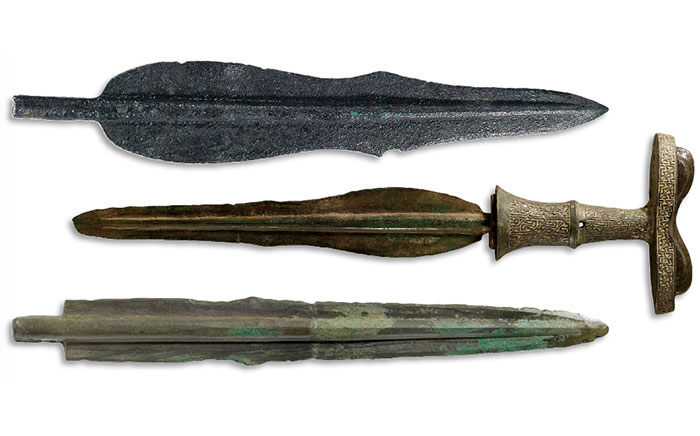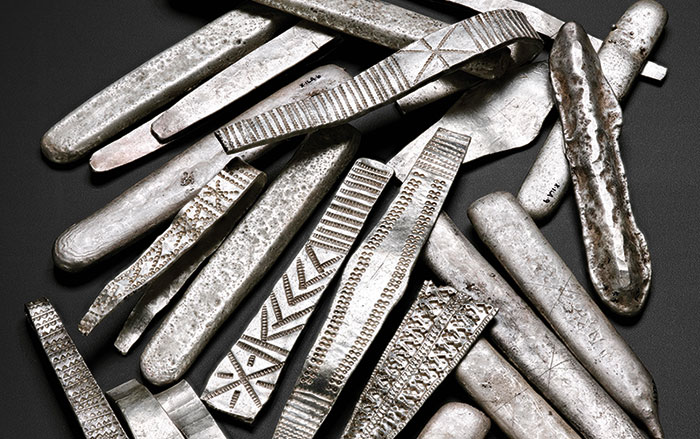
GIMHAE, SOUTH KOREA—According to a statement released by the University of Vienna, the genomes of eight people who lived some 1,700 years ago in the Gaya confederacy of small city-states in what is now southern South Korea have been analyzed by a team of researchers from the University of Vienna, Ulsan National Institute of Science and Technology, and the National Museum of Korea. One of the sets of remains belonged to a child that had been buried in the Yuha-ri shell mound. The others were recovered from the tomb complex at the Daesung-dong tumuli. The study suggests that the population living in the Gaya confederacy was more diverse than the present-day Korean population. Isolation of the Korean peninsula following the Three Kingdoms period probably led to the mixing of its populations, the researchers explained. The study also revealed that the genetic differences found between the eight individuals were not related to their social status. “We have observed that there is no clear genetic difference between the grave owners and the human sacrifices,” said Pere Gelabert of the University of Vienna. To read about finds from tombs that researchers believe belonged to Gaya leaders, go to "Deerly Departed."











